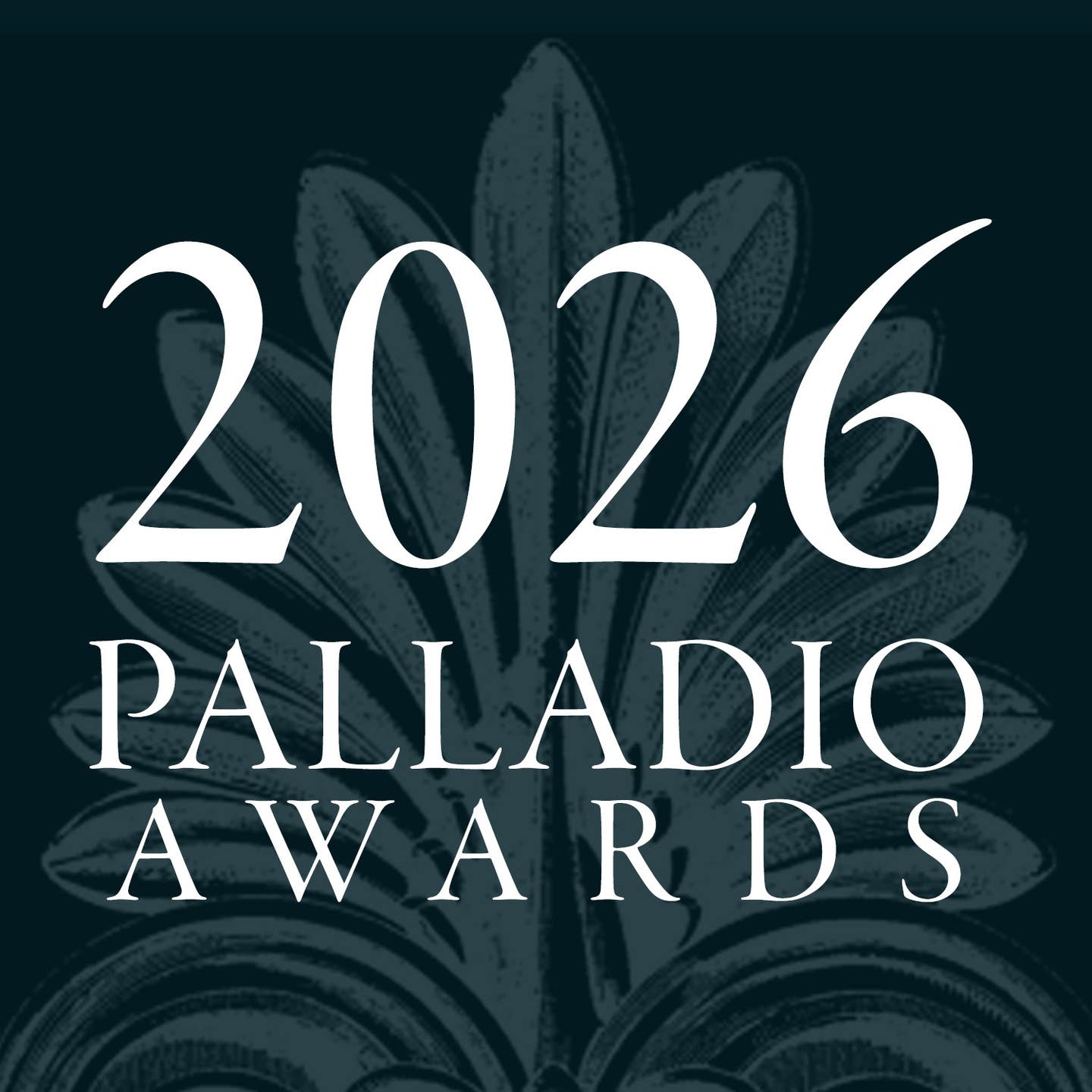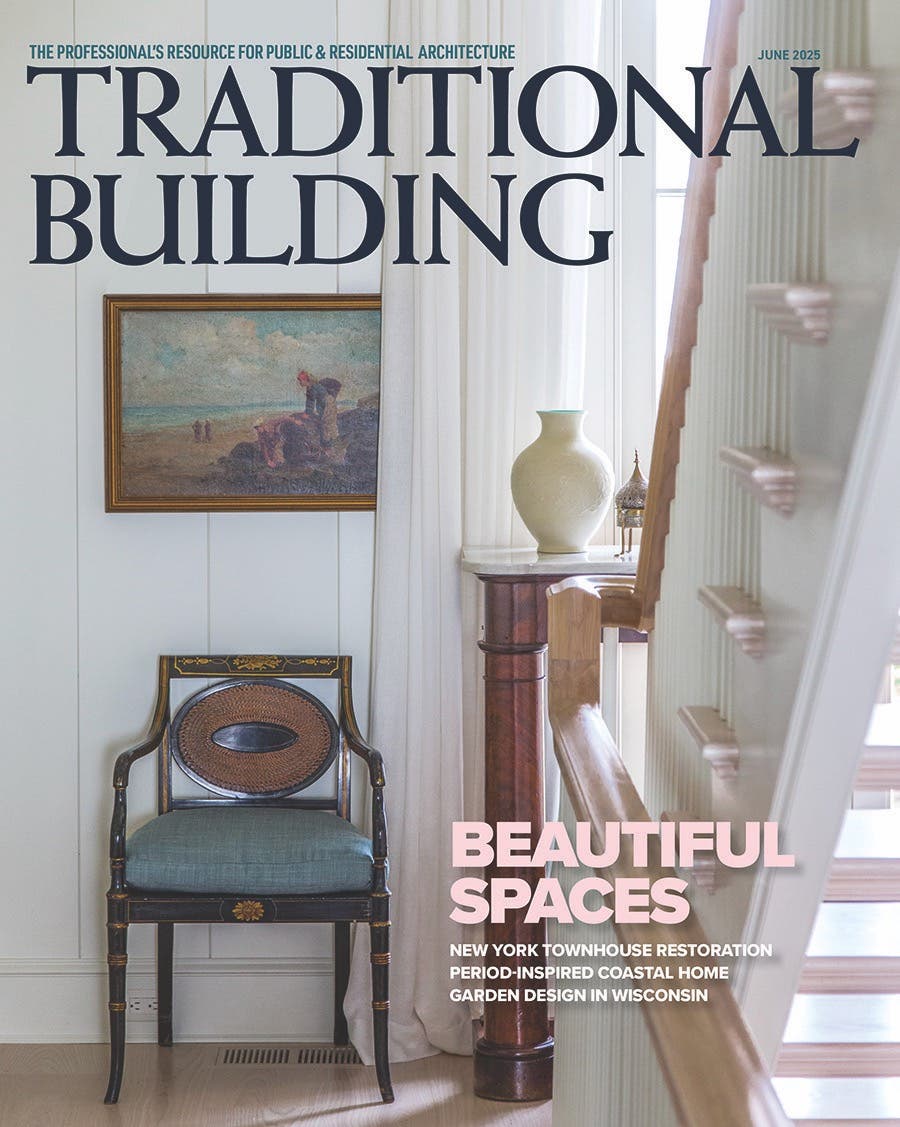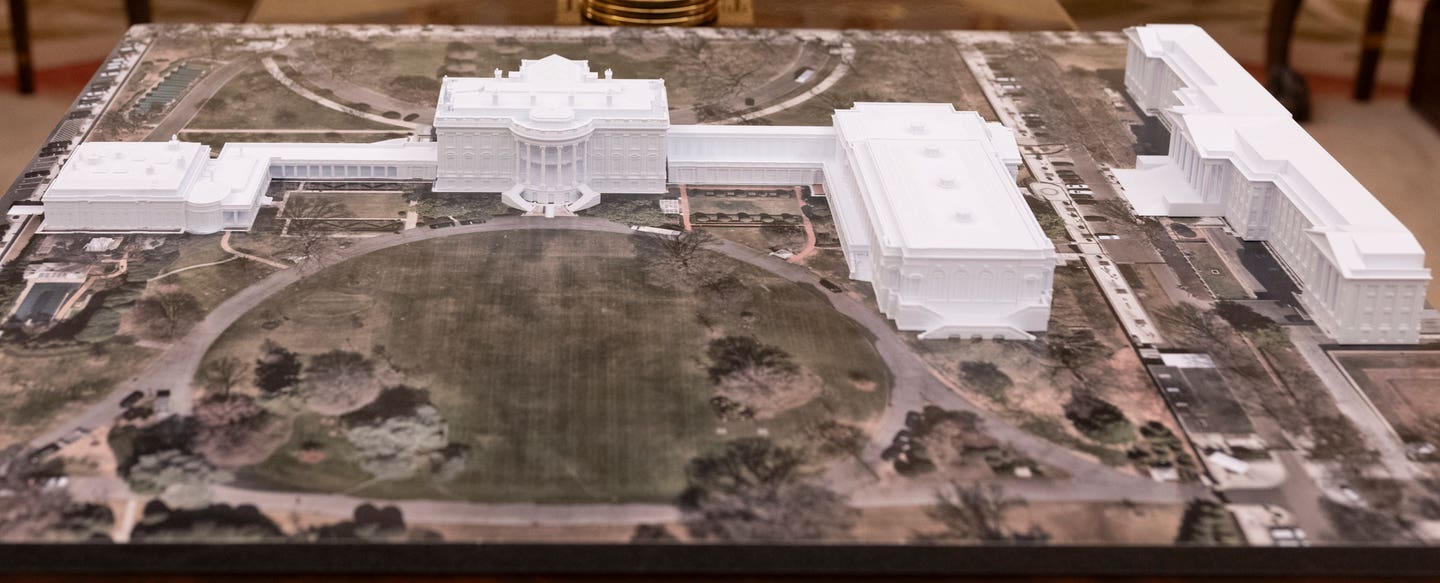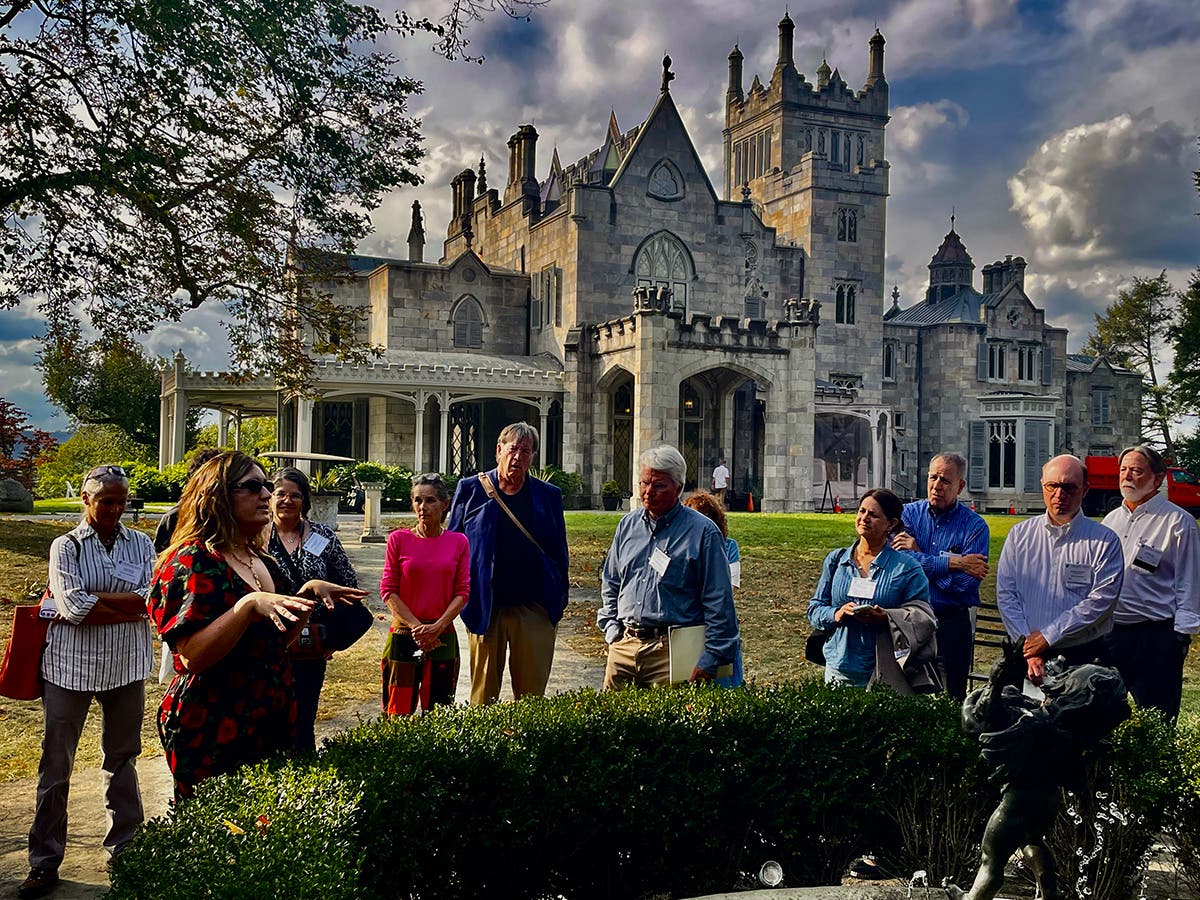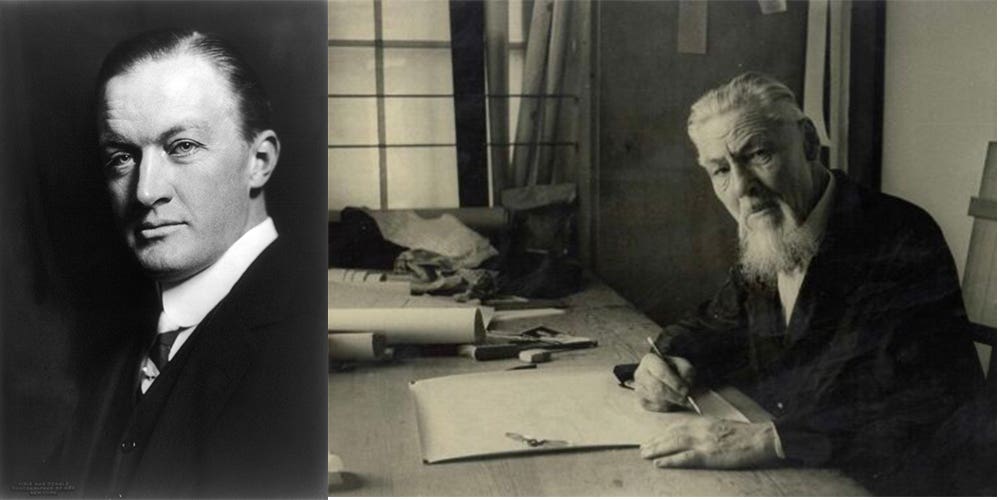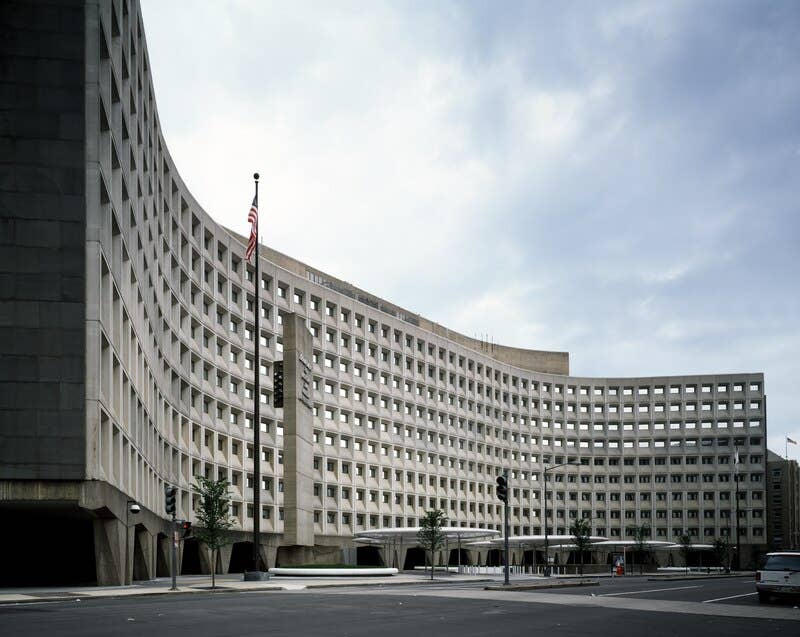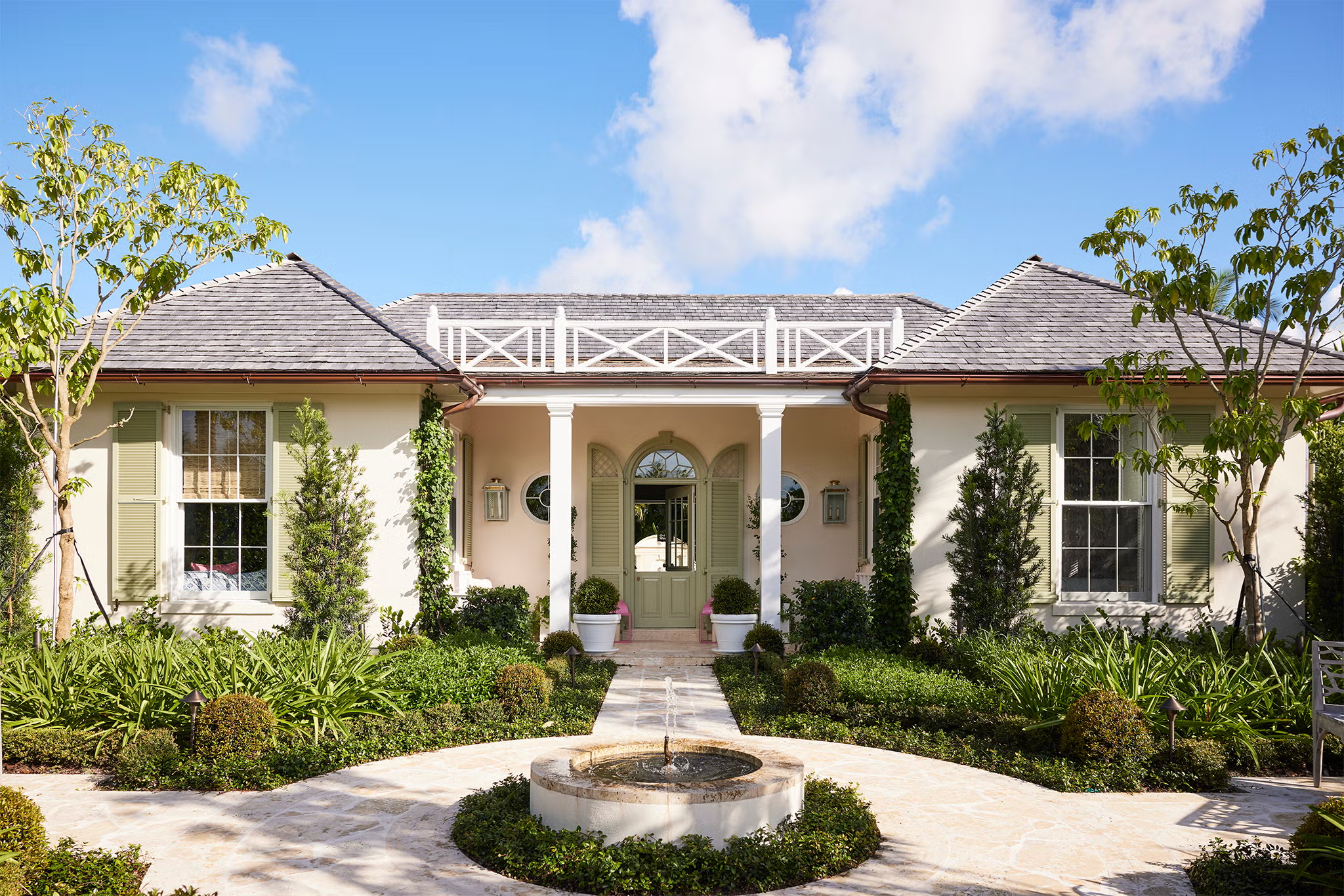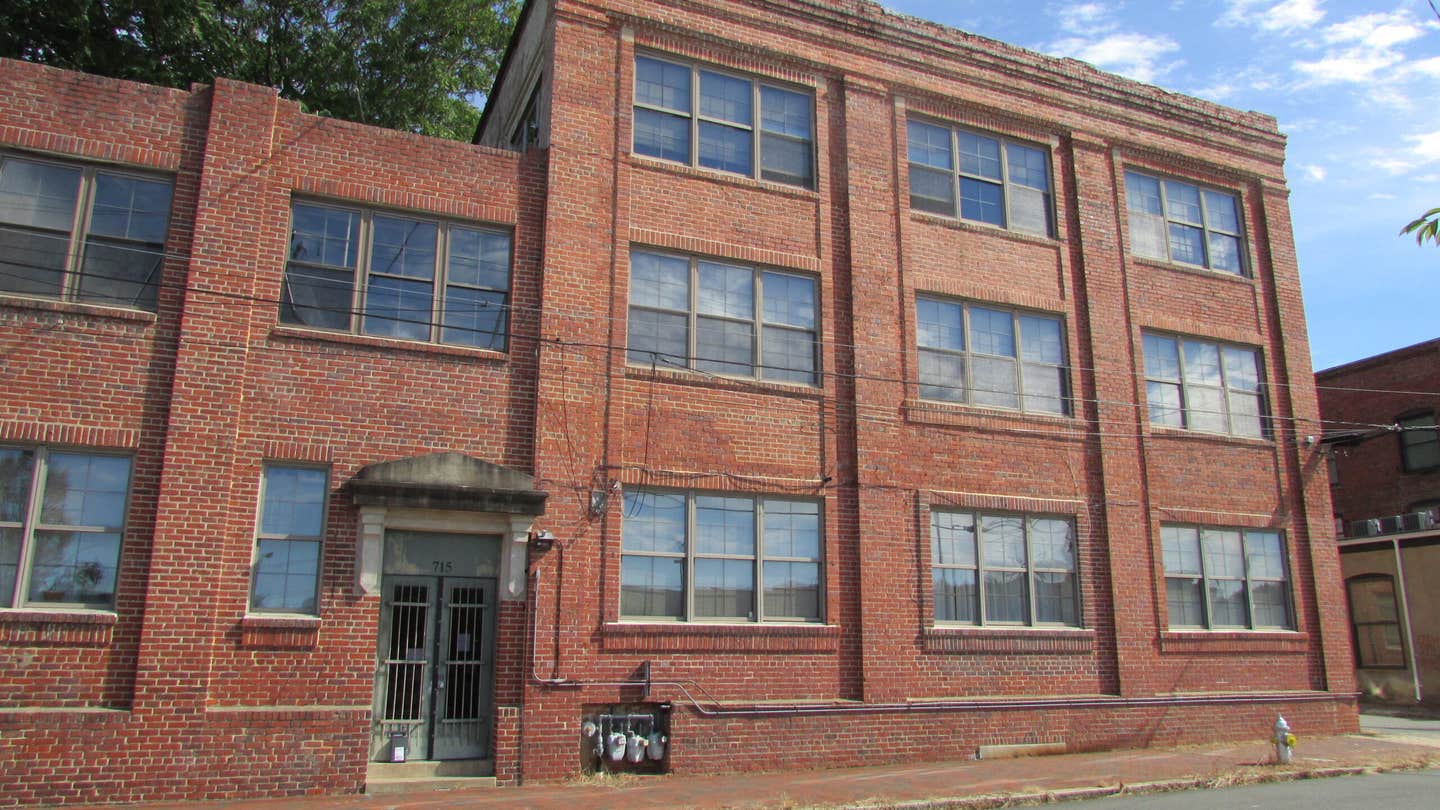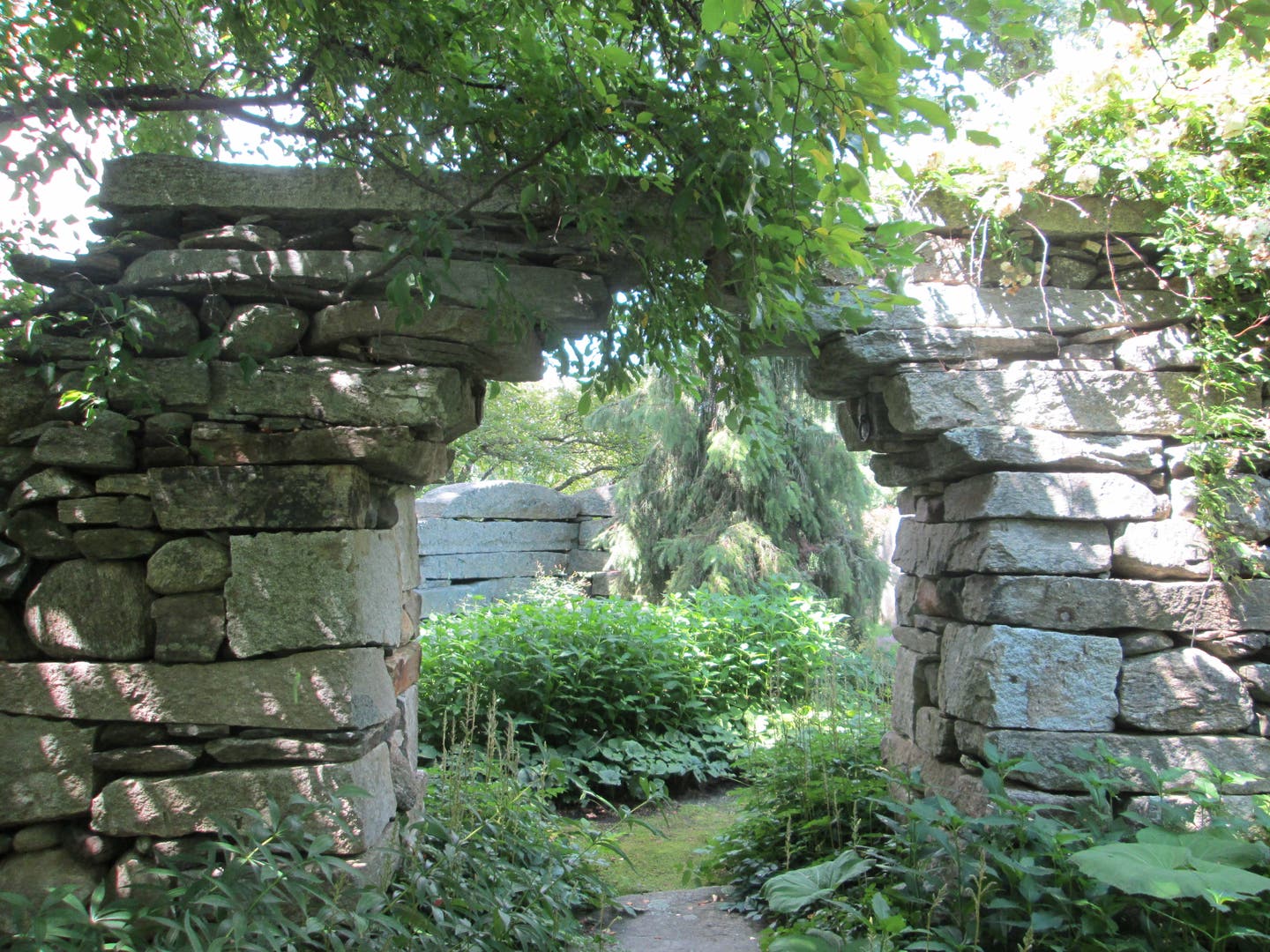
Blogs & Editorials
Confessions of a Time Traveler
Last week, I participated in a meeting of nonprofit executives convened to help a museum to develop strategic partnerships and a new vision plan. Let me start by saying that the process was well done and that many great ideas were generated. It was an honor to be part of such a great group of visionary leaders. But…there was some rumbling from one or two parents in the room about how difficult it was to excite their kids about going to museums and historic sites. I believed them, but it made me sad. I tried to listen carefully and not pass judgment. I’ve been ruminating ever since. How do we enthuse our young about our world of historic buildings and traditional new buildings?
STEAM
We discussed the application of STEM (Science, Technology, Engineering, Math) to the museum programs; there was a resounding chorus from folks like me, that it needs to be STEAM (Science, Technology, Engineering, Arts and Math). After discussion, everyone in the room agreed that we can’t have science with out the arts. To me the study of history, historic structures and the application of ancient building crafts and design to new work affords every element needed to make the study of STEAM lively and engaging. Is the problem that the acronym doesn’t have an “H?” There is the history of Science, Technology, Engineering and Math, as well as the Arts. Without their historical evolution, none of these technical fields would have a present, let alone a future. Do we need an H-STEAM?
Here is what worked for me when I was a youngster; please read it, and then reflect on how each of us can present things to younger people in a way that inspires them to find the magic as well as the science, technology, engineering, arts and mathematics in our historic inheritance.
My love of old things began with exploring cellar holes, cemeteries, redundant quarries and mines, and historic buildings with my parents, grandparents, aunts and uncles. We discussed what life was like. Discovering the remnants of the past opened more mysteries. The process of asking questions was as much fun as knowing the answers. Not knowing it all meant that something was left to be discovered.
Some of the best memories of our family life involved these adventures; they took place locally as well as in some distant sites. There were school trips as well: those wonderful events where we escaped the classroom for a day with our friends and got to ride on the bus to some far-off destination. Implicit in those memories are the wonder of exploration and discovery with family and friends. It continues today but as a professional. When asked what I do, I list my titles and then I say with a broad smile and a wink, “I’m a time traveler, really.”
Judy L. Hayward spends her days pursuing a passion for historic architecture and the ways in which it can be reused to sustain and grow healthy communities. She develops courses in partnership with builders, architects, traditional craftspeople and others to teach both historic preservation and traditional building skills. She has one foot in the nonprofit world as executive director of Historic Windsor and the Preservation Education Institute and the other foot in the world of media and information services as education director for the Traditional Building Conference Series and Online Education Program.

